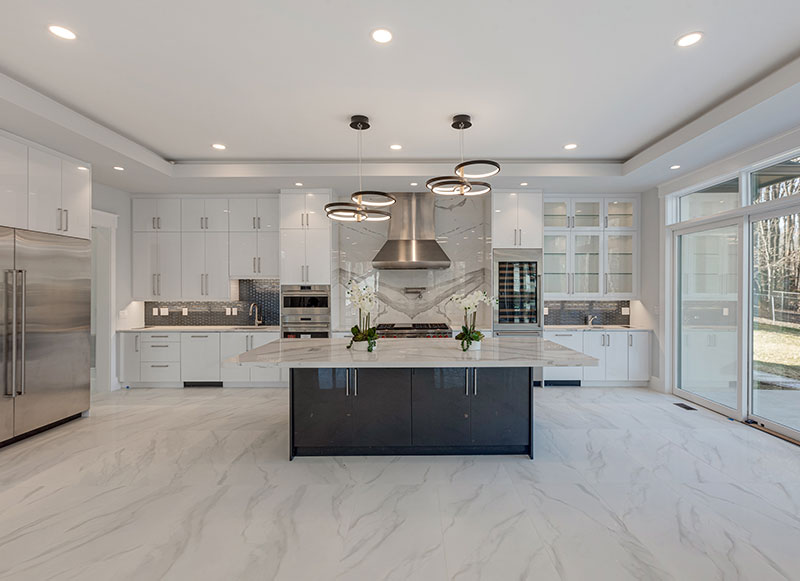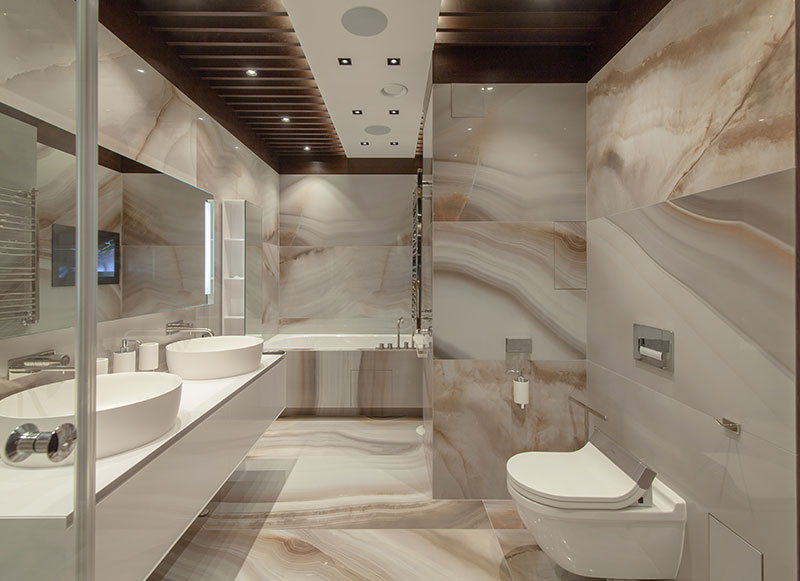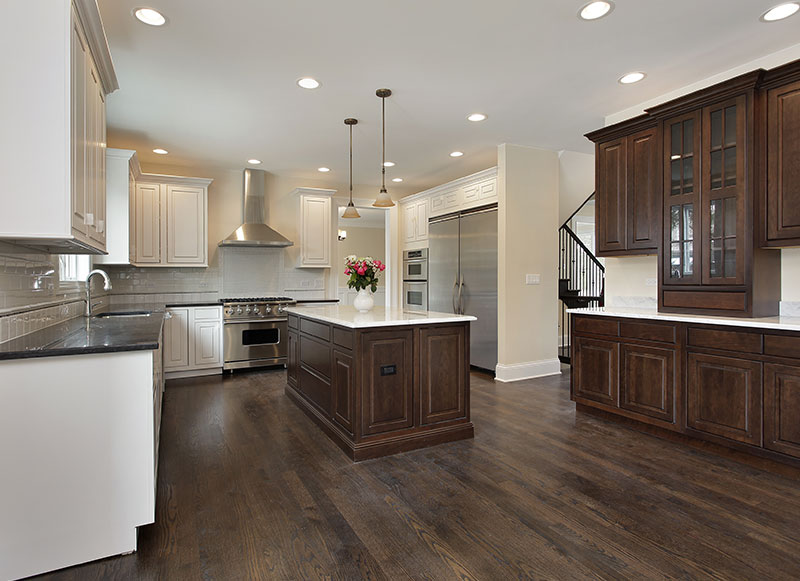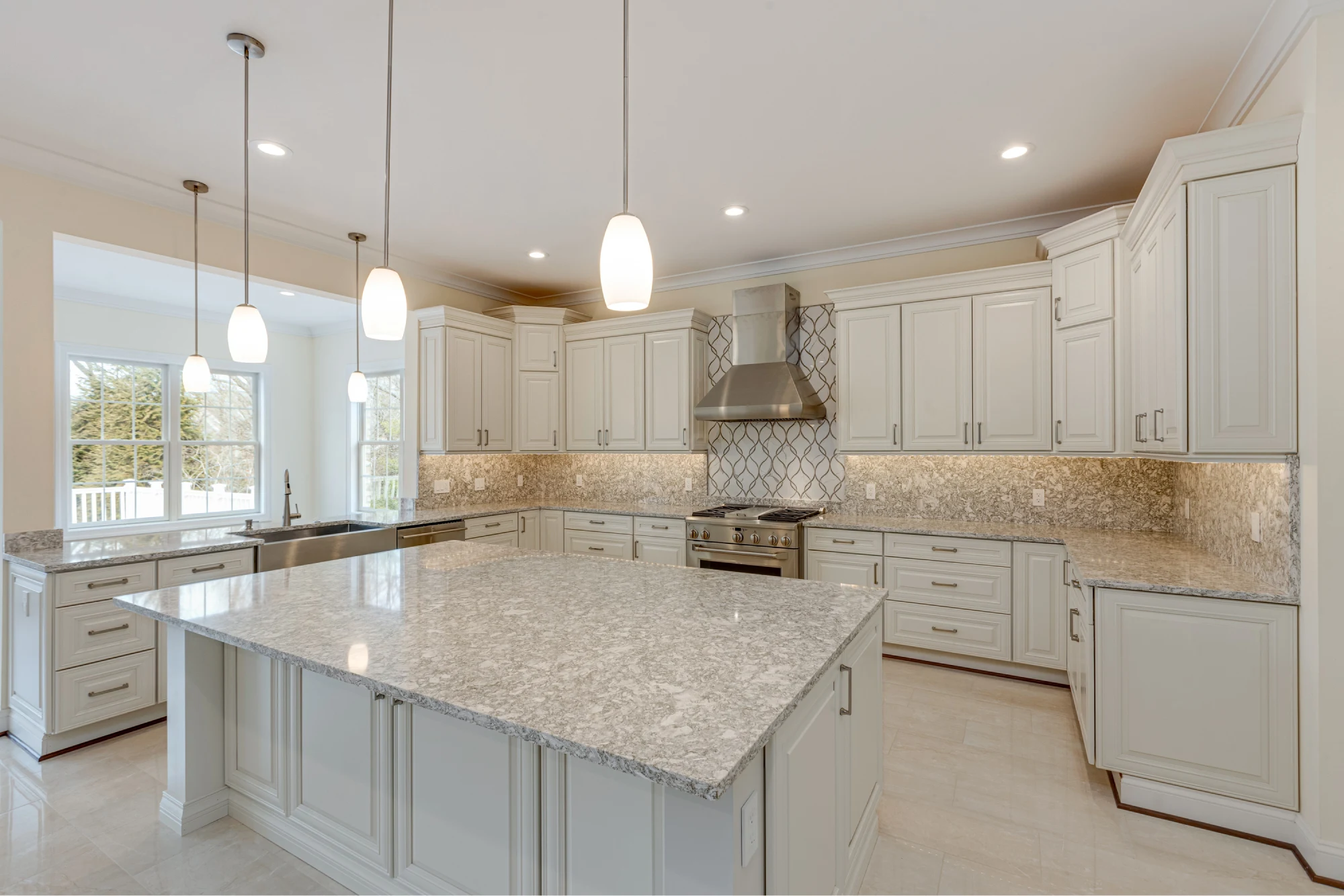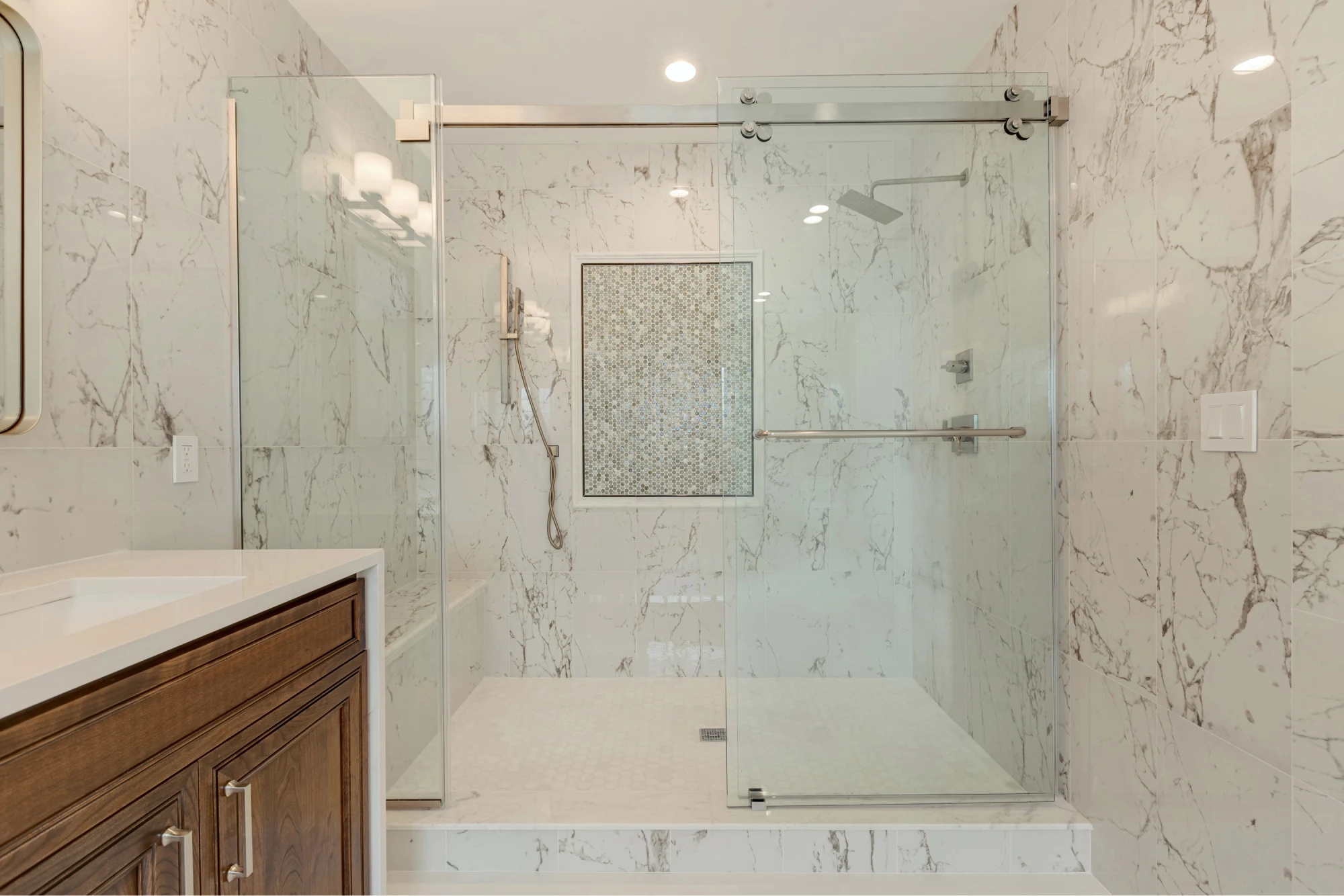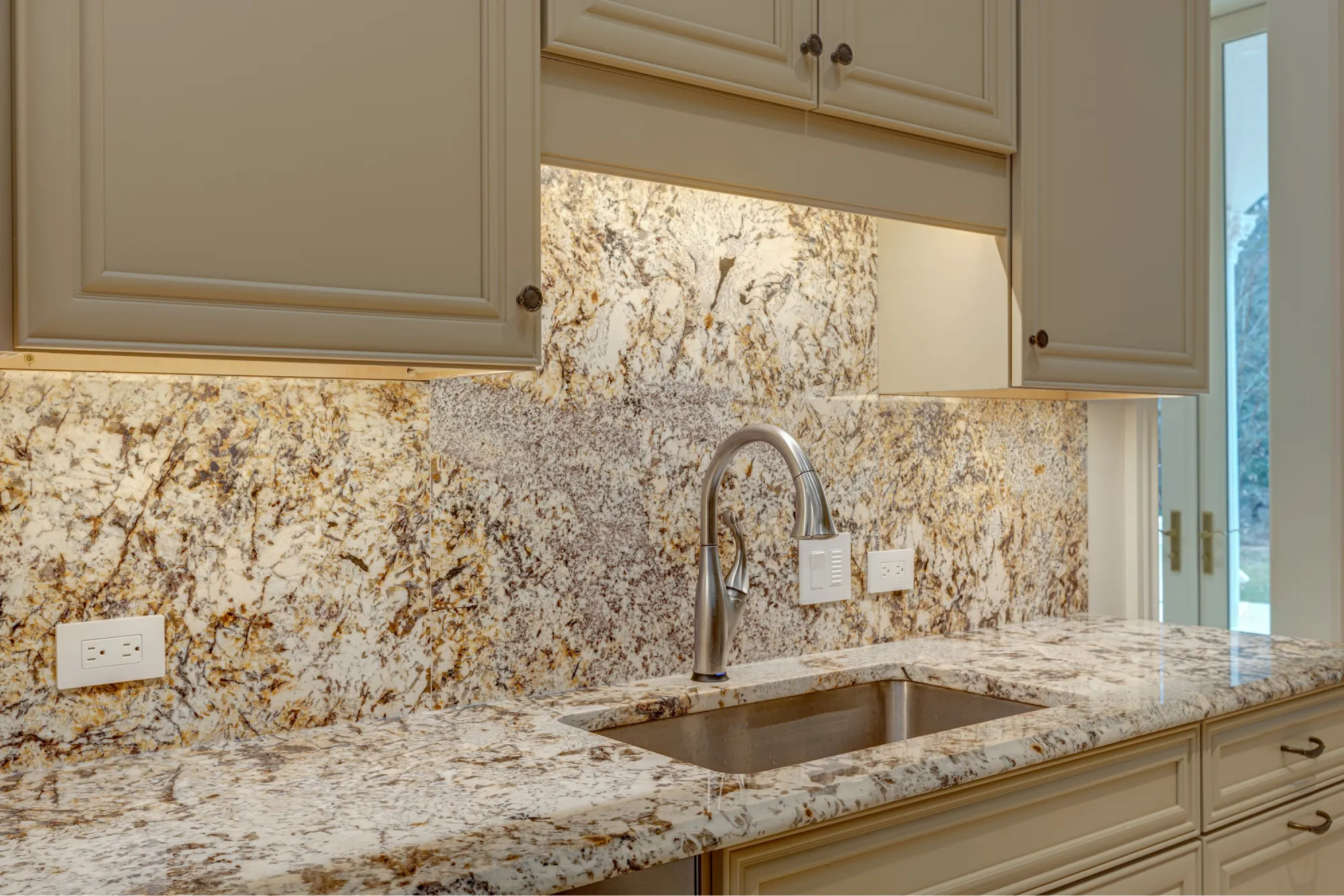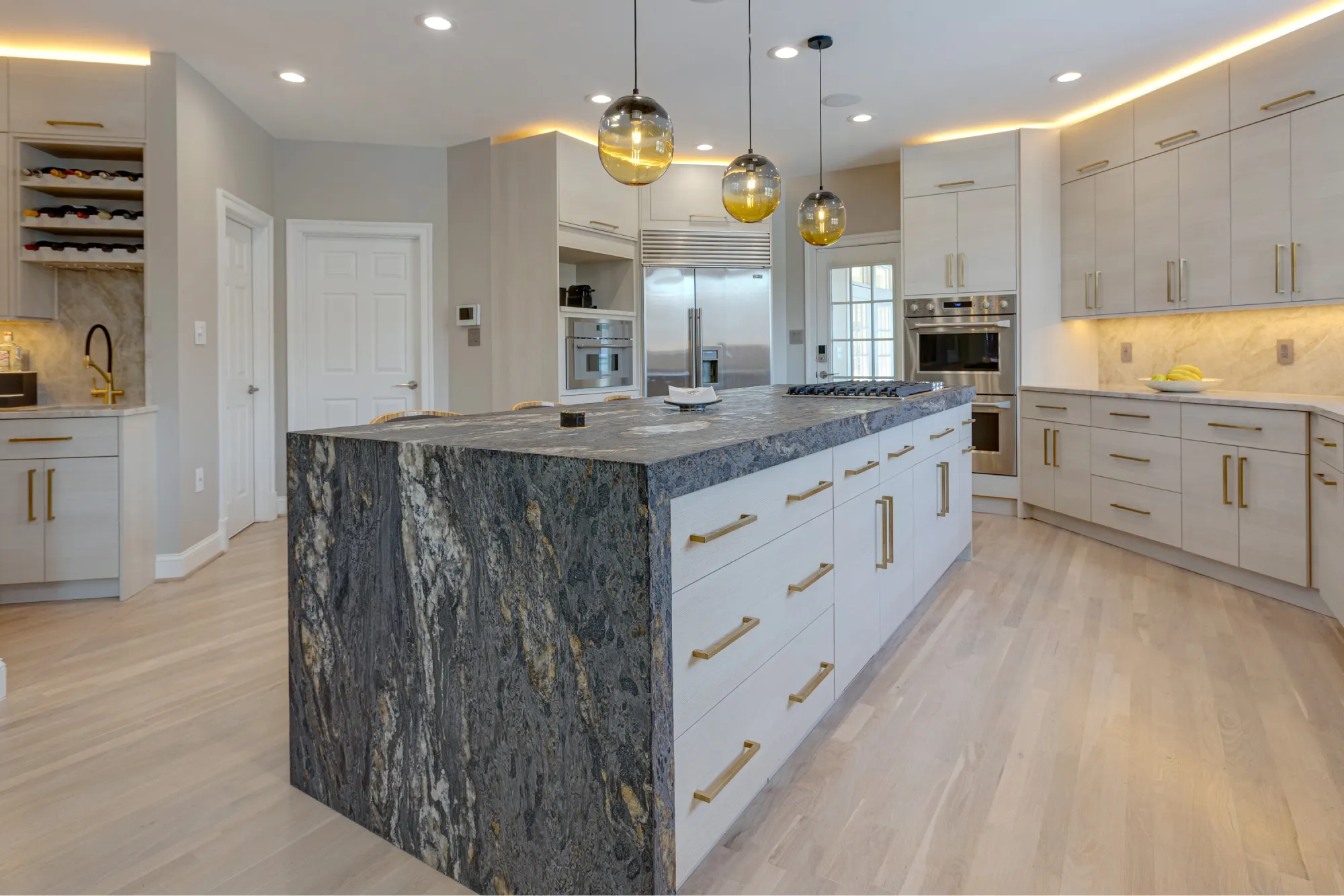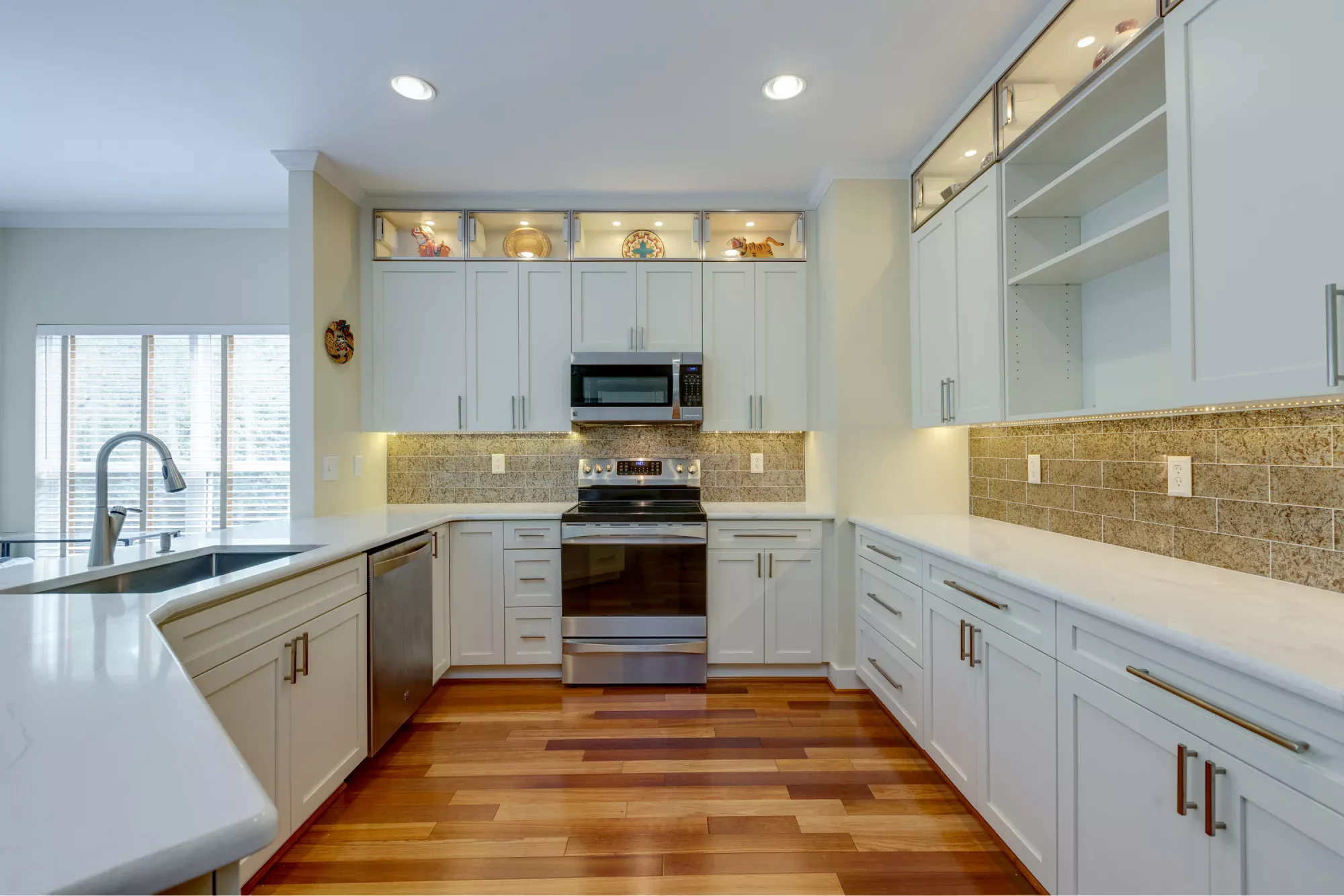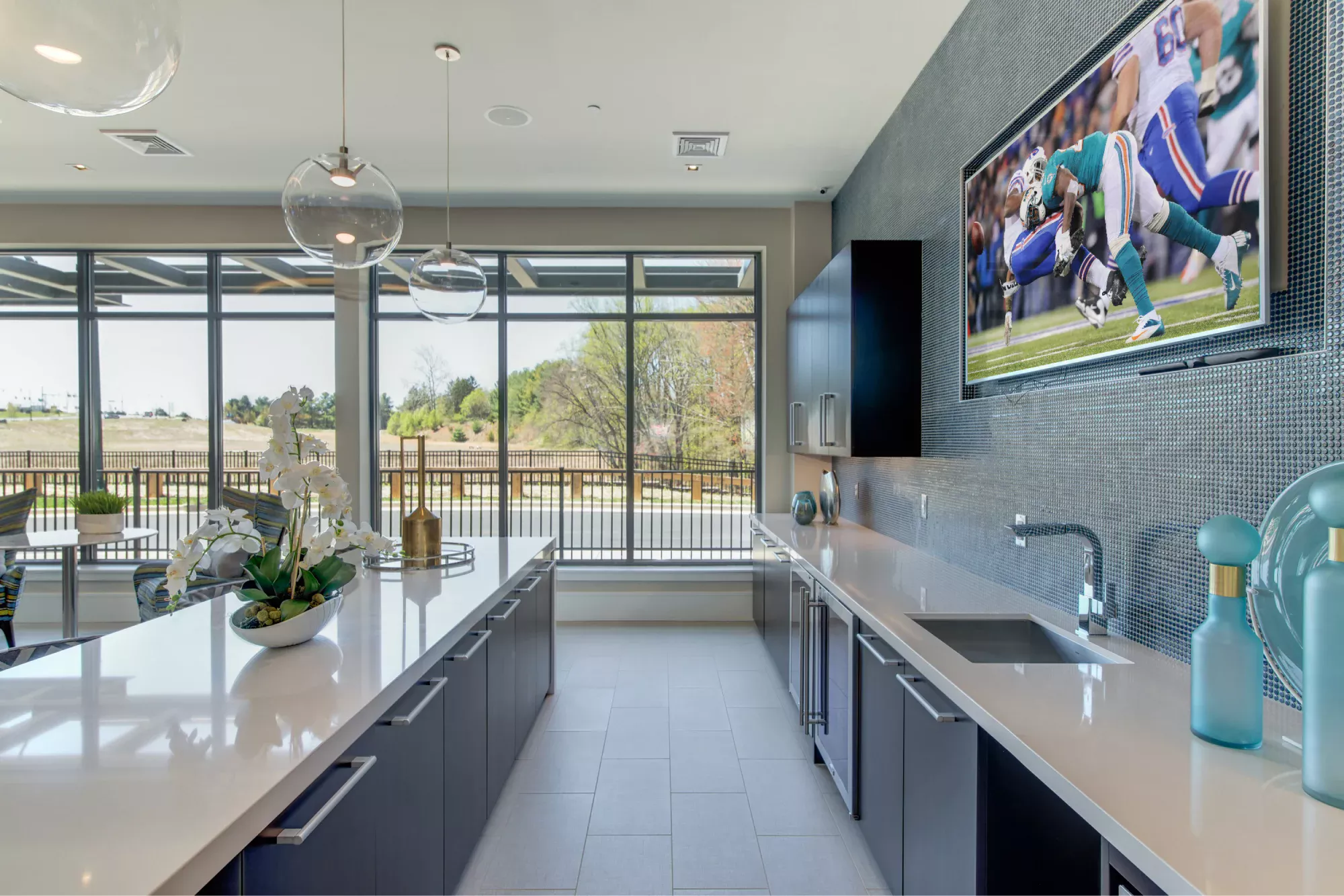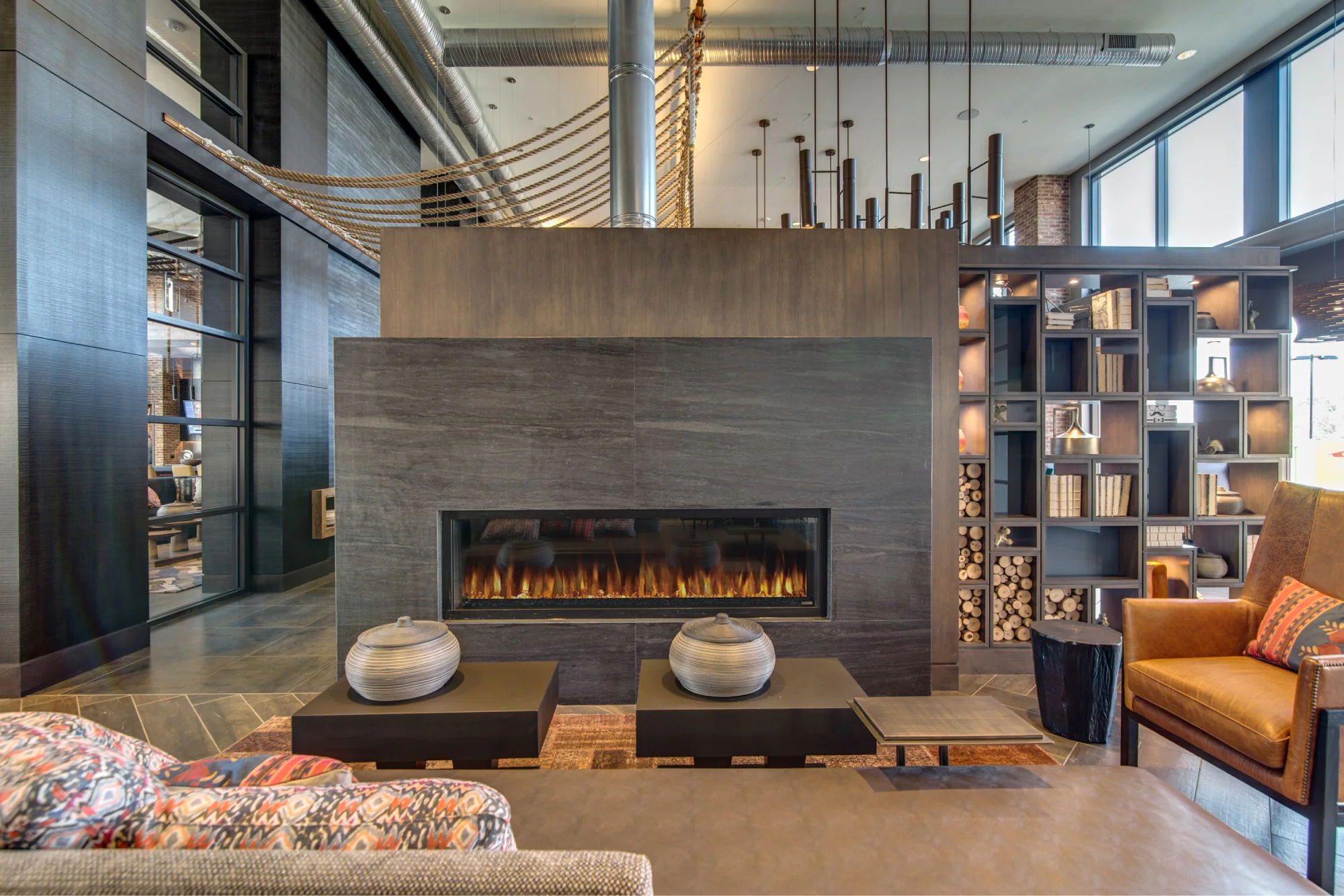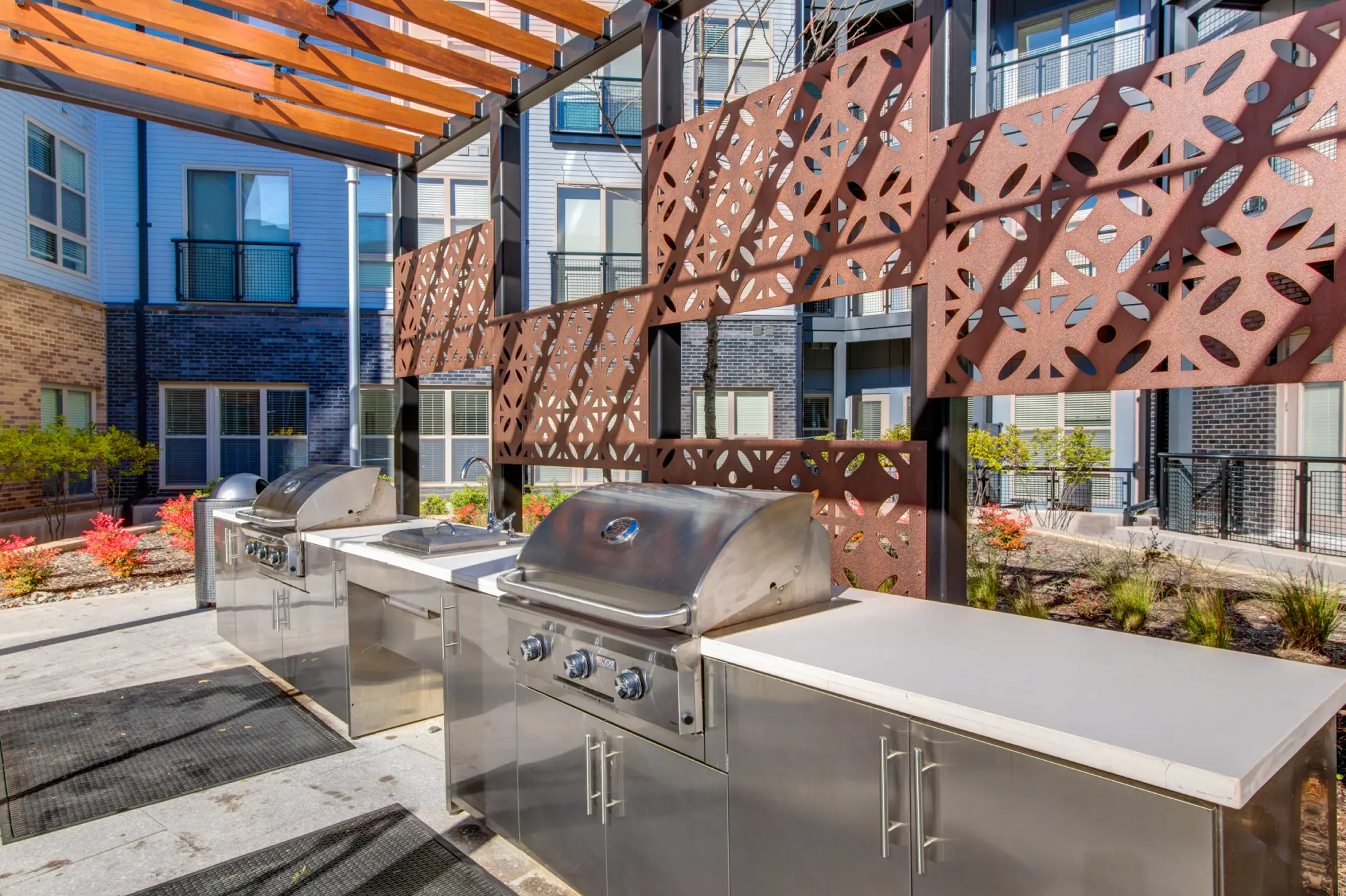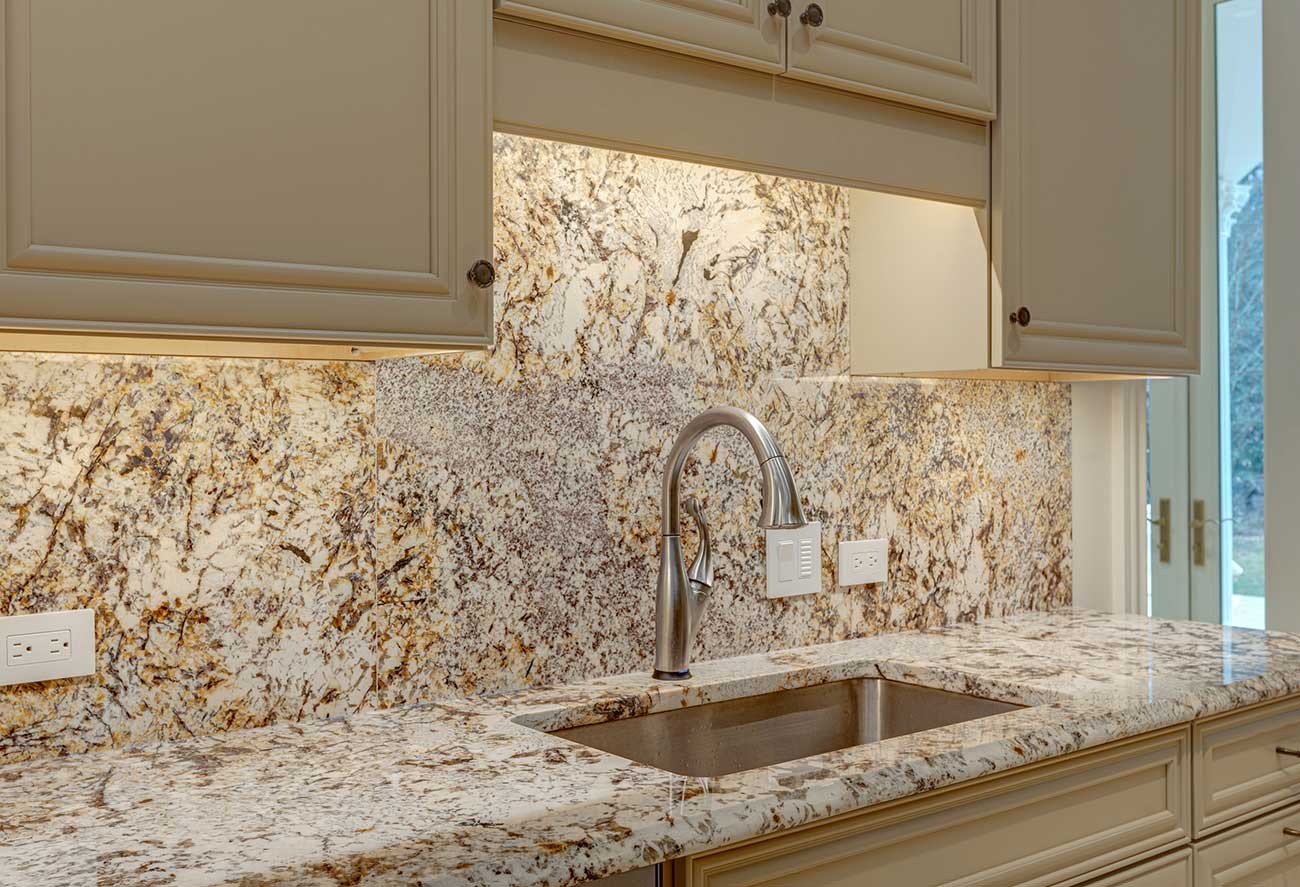
Granite Beyond the Kitchen
So you already have a granite countertop in your kitchen that you’re completely in love with. Maybe it makes you feel like you’re in a showroom kitchen in Ikea or in a cooking show set.
Every time you have a party, no visitor passes by and fails to compliment it. How can such a simple change result in something so dramatic? We all know something this special shouldn’t be concerned in only one room in your house.

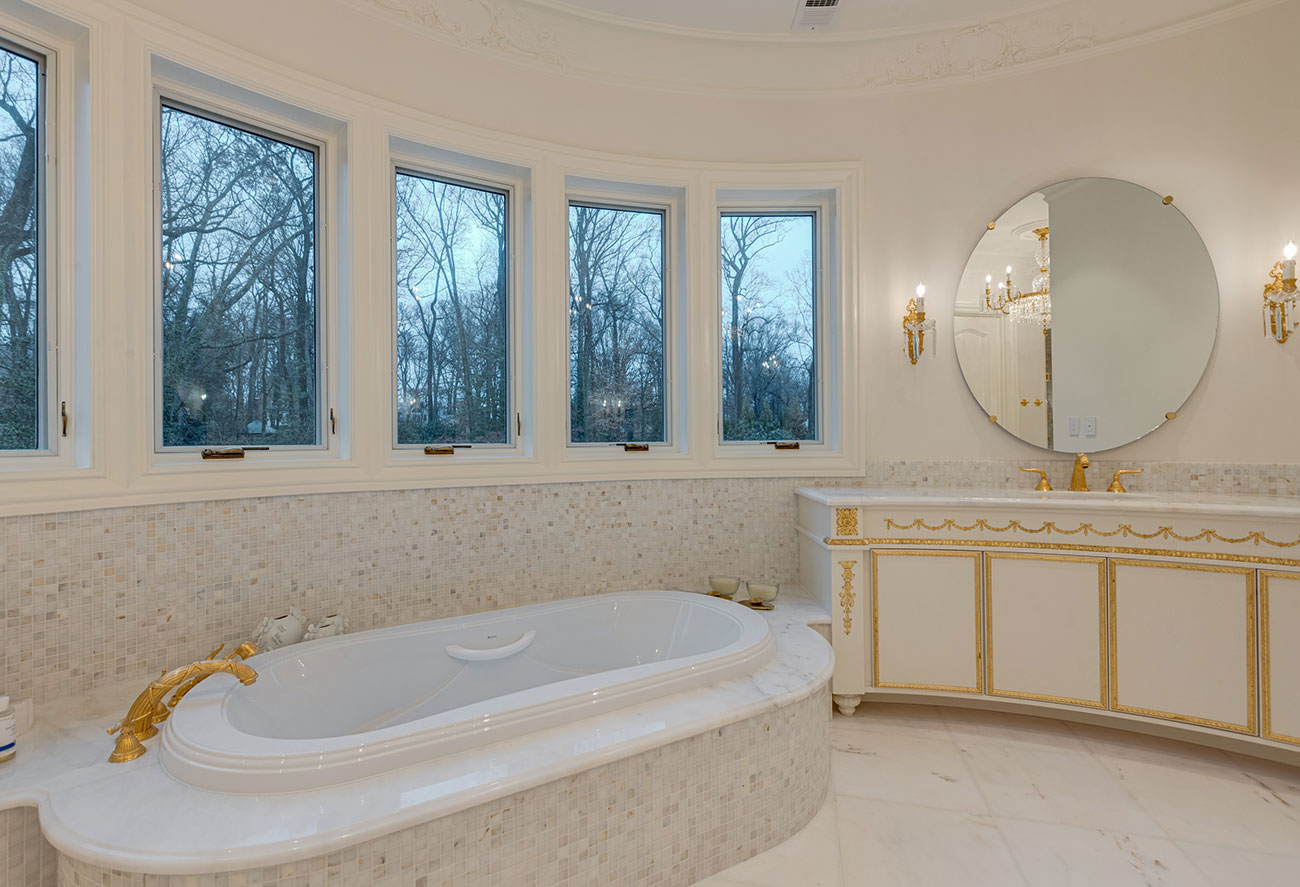
How about considering …
The bathroom. We all spend a great deal of our time in this room, whether it’s for showering, grooming, or relaxing. The countertop may be the last thing you think of upgrading, but it’s just as big of an investment as the one in your kitchen. It’s plain to see that plastic laminate doesn’t begin to compare with a natural stone. Our countertops instantly will make your bathroom look new and fresh even for years to come. Not to mention it’s easier to clean and maintain than ceramic tiles, for example. It isn’t susceptible to chipping and staining.
The bar area. You may want it in the living room or in the basement, but this would be entertainment central. Whether you’re a self-declared sommelier or you just want to show off your bartending skills, consider having a bar. It’s a nice addition to homes that often have guests over for dinner and drinks. Maybe you could try entertaining your friends by sliding their glasses on the counter. It’s certainly a crowd-pleaser as long as you don’t break any glasses. You’ll love it so much that you may find yourself wiping the counter even though it’s already free of spills.
The outdoor kitchen. Cooking in the backyard is a must in the summer. Granite can withstand the changing weather more than other materials as long as you take proper care of it. However, to limit damage by the sun, it’s recommended having an umbrella or any type of shade over it.
The beauty and durability of granite can be enjoyed in different parts of your home. It’s a luxury investment that’s affordable. Now that you know the possibilities waiting for you, why not give us a call?

